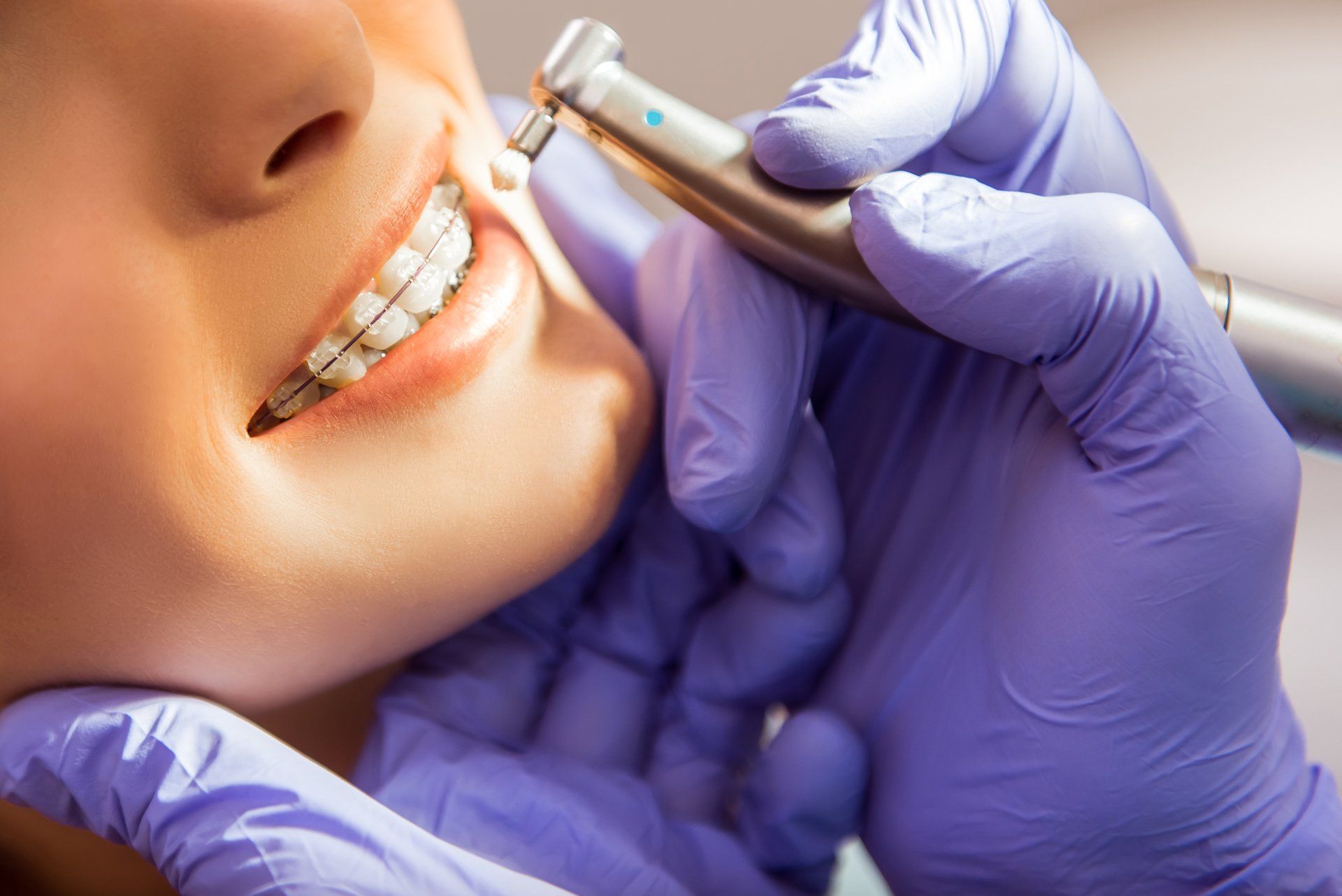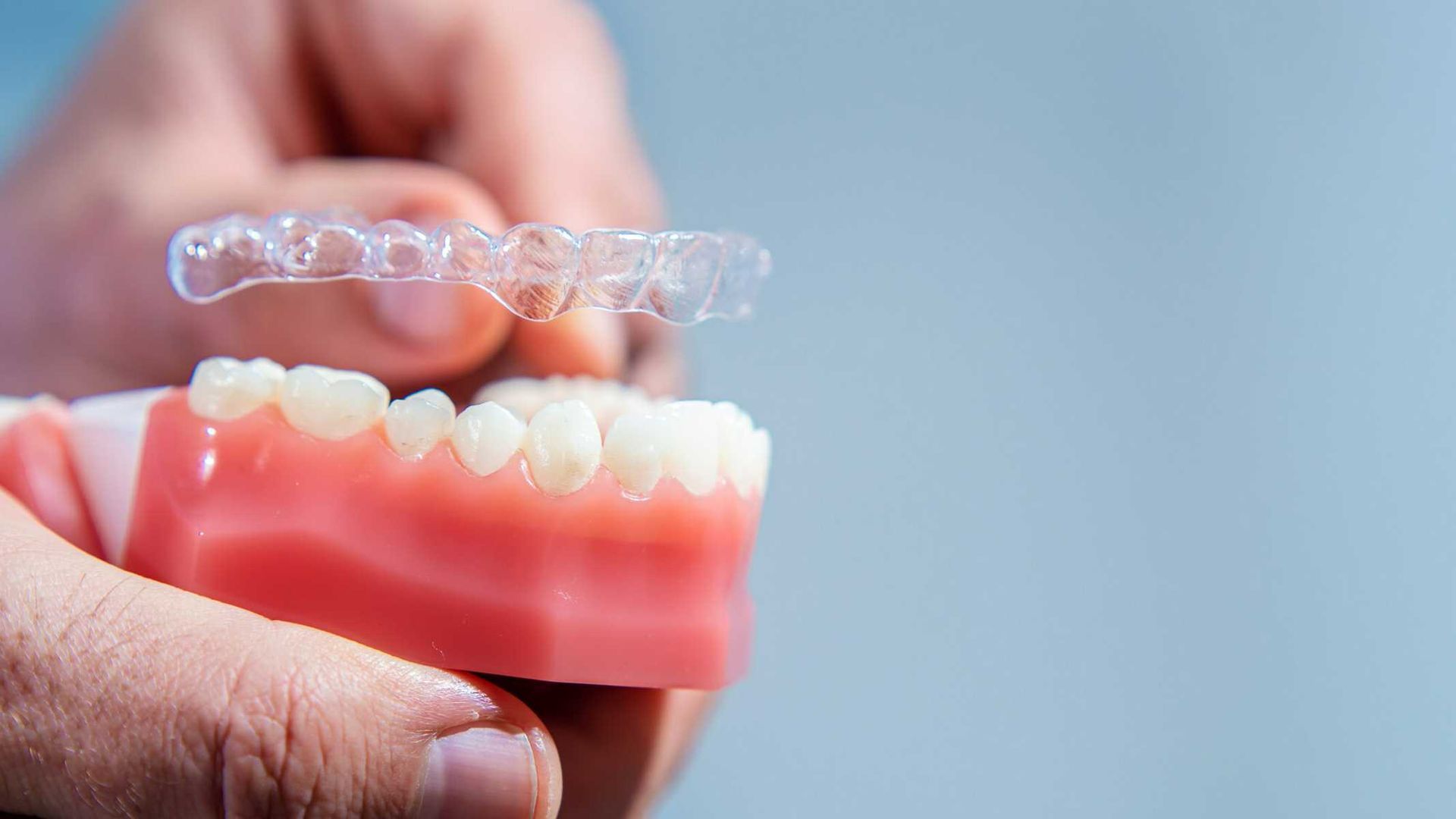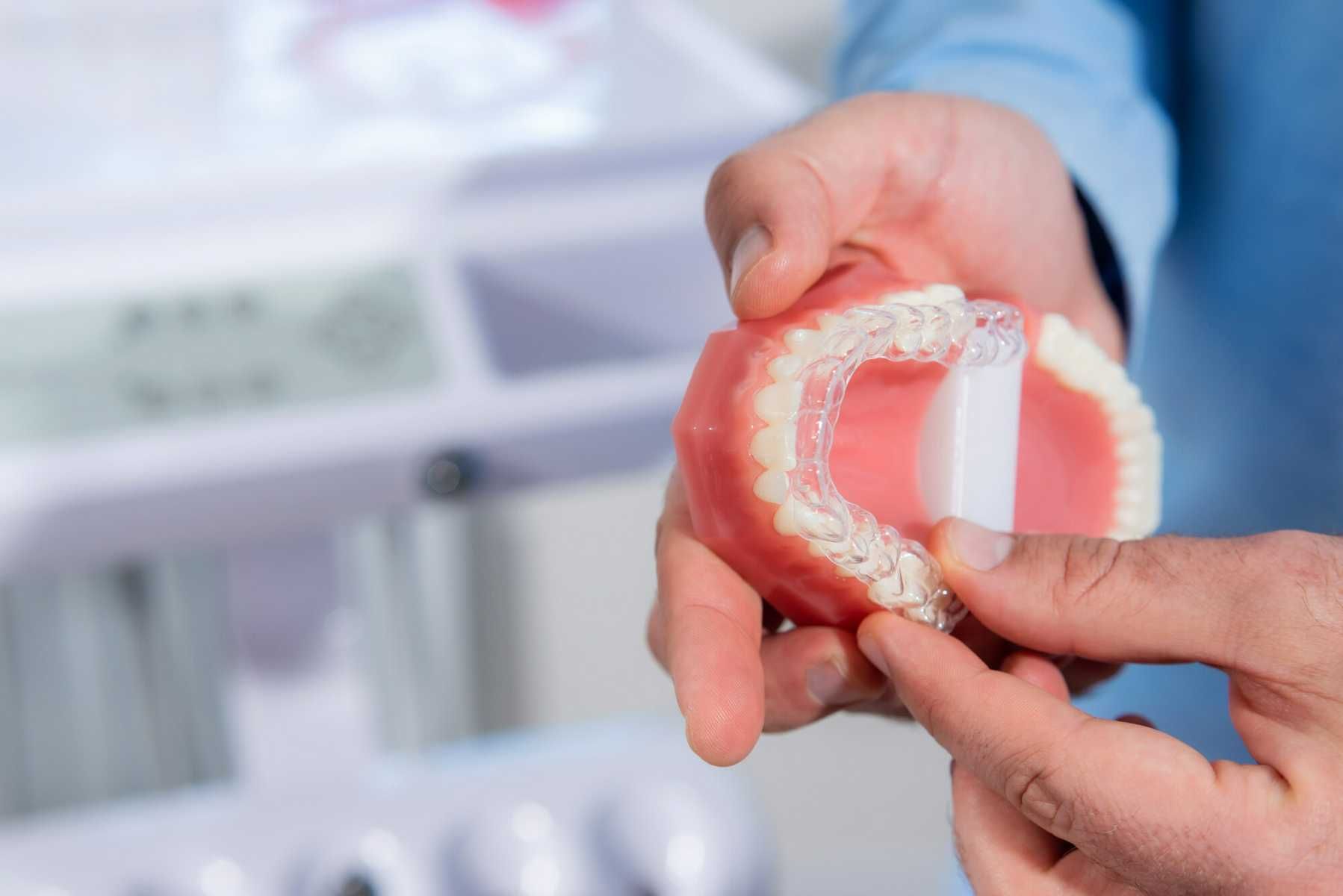Blog Layout
Ideal Age My Child Should Start Seeing an Orthodontist
Dr. James May • Sep 01, 2020

You may have started to notice as your child has grown that you did not hit the genetic lottery jackpot and you may have to face the fact that they need orthodontic treatment. Not to worry, over 4 million people in the United States undergo braces and orthodontic treatments every year. The trick is the sooner you correct your teeth, the faster and more effective it can be. Having straight and wonderfully aligned teeth are not just to give you a pretty smile, but to help protect your overall health with all its many benefits.
Typically a child should start seeing an orthodontist once all of their baby teeth are out and the majority of your child’s adult (or permanent) teeth are in. This can be anywhere between the ages of 7 -14. While the later part of this age range is ideal for applying braces, the earlier ages are still good to make sure that no preventative care is needed beforehand, or if it is, that it is taken care of right away. The younger you start orthodontic care and treatment the easier it is for your teeth or jaw bone to adjust. The younger the age also means that the patient is more malleable and open to change. While adults are known to get braces applied as well, it may take longer for teeth to adjust. You know we get more stubborn as time goes on, so why not our teeth as well.
There is a practice that some orthodontists used called the interceptive approach. This uses dental applications at a very early age, where the child still has the majority of their baby teeth. These applications are not always dental braces and are usually only for patients who have very severe cases. When the child finally gets their adult teeth, they will start on the second phase of their treatment, usually dental braces. This approach allows for the second phase to go quickly and not have to spend as much time in braces. Some other orthodontist argue that the interceptive approach actually takes longer and can be more expensive, but at James May Orthodontics, your Houston Orthodontist
, we believe this two-step approach works. If a case is severe enough, starting off younger could De-crease the time needed for them to be in braces, while the cost could add up to a lot more later on down the road with surgery and treatments, if the problems are not treated properly in time.
Our team at James May Orthodontics is dedicated to providing the best care for you and your family. It is our top priority to give you a beautiful and healthy smile, no matter at what age that may be. Call or go online and schedule a consultation with our offices today. Remember it is never too early, or too late to take care of yourself, and that includes your teeth!

By Dr. James May
•
01 Jul, 2021
Alright, so you have just gotten your braces taken off and your smile is looking fantastic... what’s next? The retainer! That’s right- it does not matter what type of orthodontic treatment you received such as traditional metal braces or clear aligners, everyone has to wear a retainer in order to help keep your newly straightened teeth in their positions and not revert back to their original spots. So now your question may be, how long do I have to wear my retainer? Orthodontists will recommend that you should be wearing your retainer for 12 hours or more every day, following the first 8 weeks after your treatment ends. This helps to ensure that your teeth, which have just spent months moving to this new spot, do not shift as these 2 months afterwards they are the most susceptible to moving. After this time, your Houston orthodontist such as James May Orthodontics, may advise from wearing them for most of the day to nighttime only. Make sure you only switch after your orthodontist gives you their approval that your teeth are not going to shift. If you prefer to wear your retainer longer even after the orthodontist gives his thumbs up, that is not going to harm your smile in anyway – just make sure you are taking them out when you eat and keep them clean! Teeth are pretty amazing little pieces of our bodies and they are incredibly dynamic. Unless they are held into place after your treatment, they will continue shifting, and after all the time and effort going through braces, do you honestly want to jeopardize that progress? Wearing the retainer as instructed will help to reduce the risk of shifting teeth. Your orthodontis is also going to instruct you to wear your retainer to bed every night for at least the first year after treatment. After a year, or when through your orthodontists instruction, you can begin to wear them every other night. After another year a lot of patients will opt to wear theirs only a few times a week during their sleep routine. Some people are more prone to having their teeth move fiercely than others and after a while you may find your retainer a little tight as you put it on. Talk with your orthodontist to see your options. There are different types of retainers, however, the same rule of wear still applies to them all. The Hawley retainers are going to be the most common one people recognize. These are made of acrylic and metal. The Essix retainer has the appearance of as an Invisalign or ClearCorrect aligners, however, these tend to be a little more durable and sturdy as they are going to be lasting a little longer than the average aligner tray. The final retainer is a permanent one. Sure, technically this one does not a set amount of time you need to wear it, as it does not come out. It is attached to the back of your teeth and is not visible from the front. No matter which type of retainer you and your orthodontist agree is the best choice for you, the function for all of them is to serve the purpose of keeping your teeth straight and not reverting back to how they were.

By Dr. James May
•
07 May, 2021
We all know that having braces is the common method of correcting crooked teeth and helping to improve your misaligned bites, but did you know that there is some prep work to be done before you get your pearly whites attached with some metal? One of these preparation tactics your orthodontist could use is by placing spacers in between some teeth. Most of the time, those who are getting traditional braces will most likely have orthodontic spacers. The main purpose of spacers is to make sure there is enough space between certain teeth (hey, molars we are looking at you). The reason for this small distance is to make sure your orthodontist has enough room to attach and install your braces. Traditional metal braces use brackets and wires that are connected to your teeth. These wires are connected and anchored to rings, or metal bands. Since back teeth are usually packed and wedged close together, these spacers help to create that extra room for installing those metal bands. To insert your spacers, it is really a very simple process. Your orthodontist will use a small device or even dental floss to help stretch out the spacers first, warm them up a bit before use, if you will. Then, once you’re sitting in the chair and mouth open wide, each one will be wiggled into place between the predetermined teeth. Spacers are important to help gain that extra space, but typically do not need too long to begin their work. Most orthodontist will insert spacers roughly a week before the traditional braces are scheduled to go on. As simple as spacers are to put in, they are simply as removed, and if they have their job correctly that space will have widen enough for them to easily slide out. While most patients do not report major pain from spacers, there can be a feeling of slight pressure or pinching. However, this feeling is quickly reduced with over the counter pain medication, such as Aspirin, and should not last more than a day or two. Each case and patient is unique, therefore not all treatment plans are alike. Consulting with an orthodontist or dentist beforehand will help to better understand if spacers or braces are needed. Spacers can be made of many different materials, however, the most common types are going to be rubber and metal. Because they are still a part of the orthodontic treatment plan, spacers are typically included in to cost of braces. Braces in general can range anywhere from $3000 - $7000, depending on treatment plan. While there are payment plans available, most dental insurance policies can help cover costs. Check with your provider to see whether they cover orthodontic treatments, or find out from your Houston orthodontist , such as the expert team at James May Orthodontics, to see what may be available for you. If you are interested in learning more about spacers or about the orthodontic treatment plans available, schedule a consultation today with James May Orthodontics today!
BRACES STARTING AT $129/MONTH









